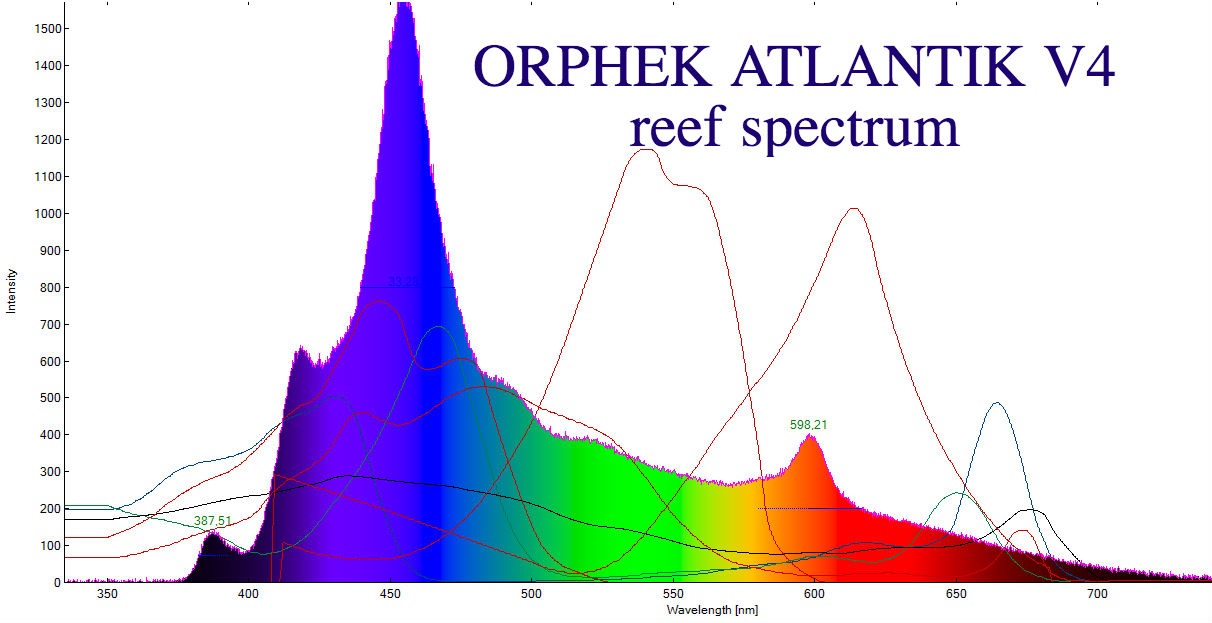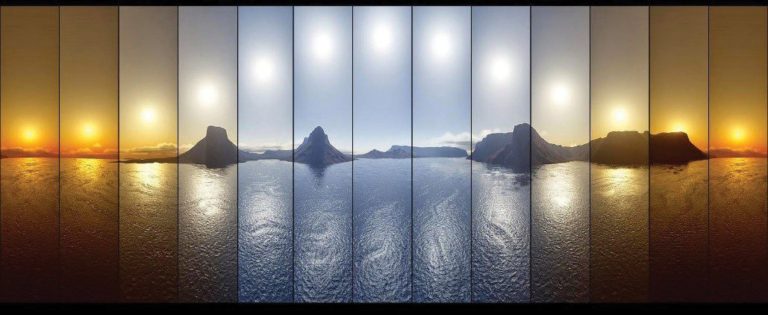So ran a test running high uv and voilets and low uv and voilets to see if i notice any differences in consumption of alk and calcium.. higher uv did slightly increase the consumption by about 5ml daily.. however i did notice that the light fixtures ran stupidly hott.. if you touched them they would burn your hand hot. I was speaking to another user of the ai lights and he mentioned he was going to lower uv and voilets. When i aksed why he wanted to do that he mentioned his ligbt lenses were becoming deformed due to the excess heat
can you tell us how you did the test? Did you install extra uv diodes or did you just use it at 100% of what the fixture had to offer?























